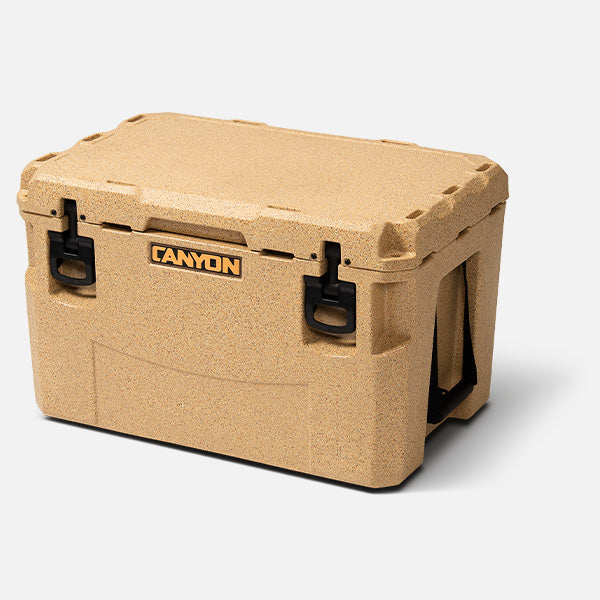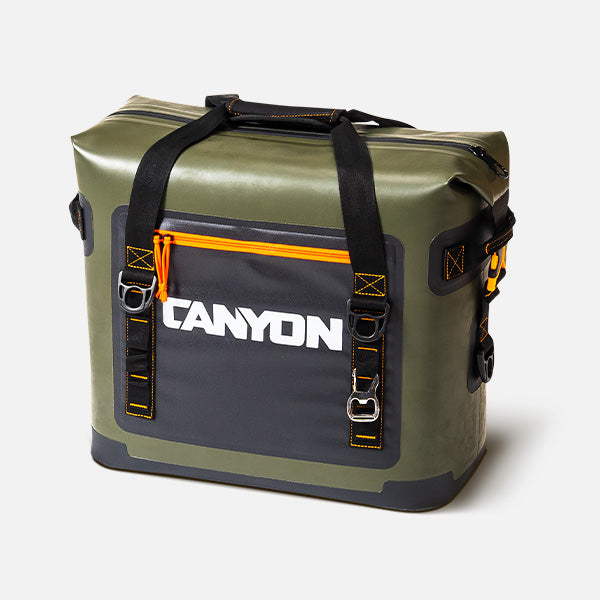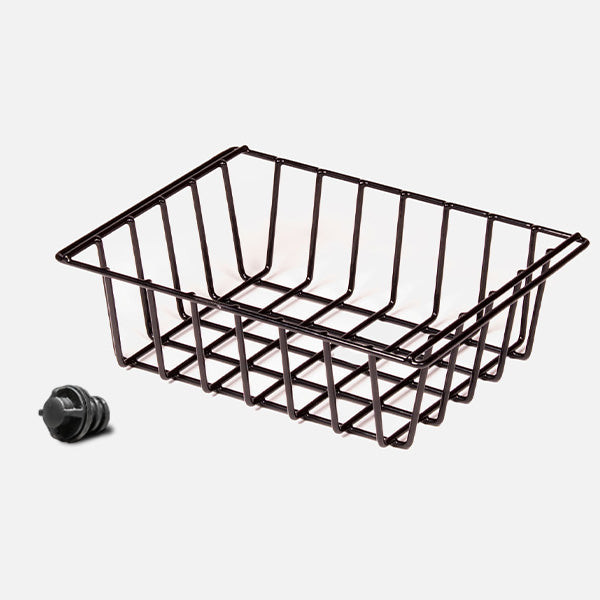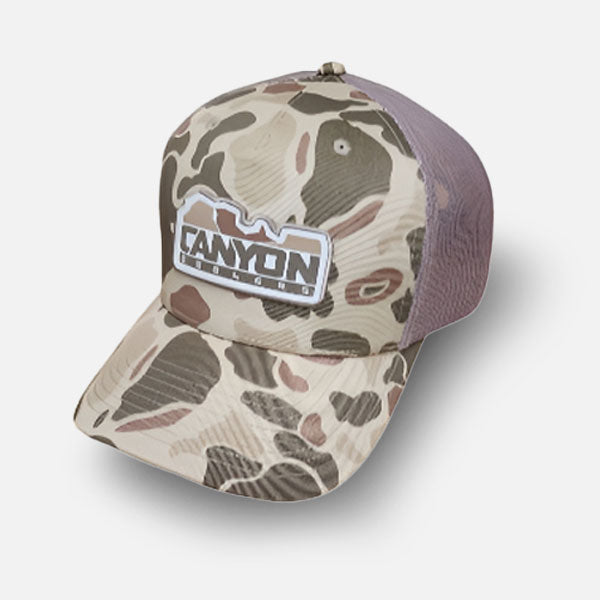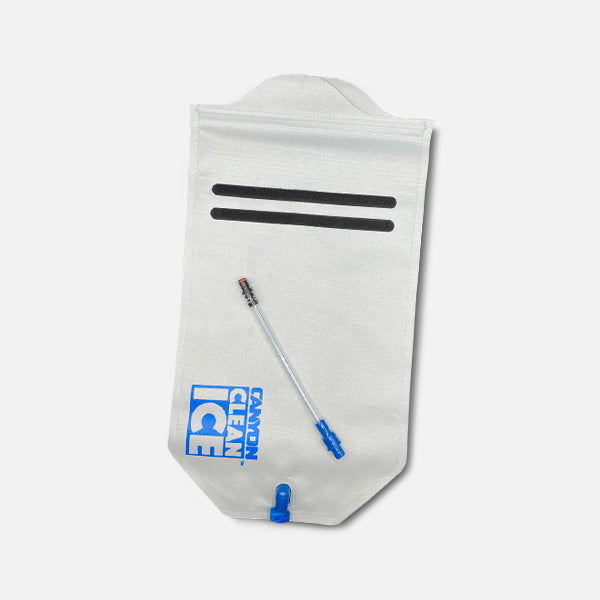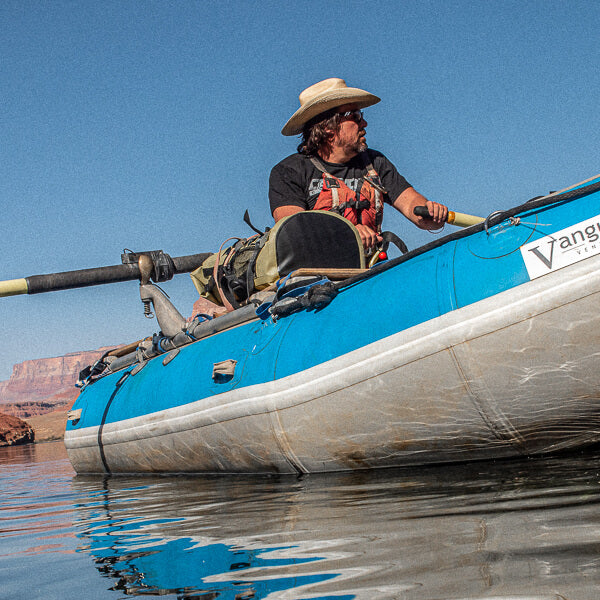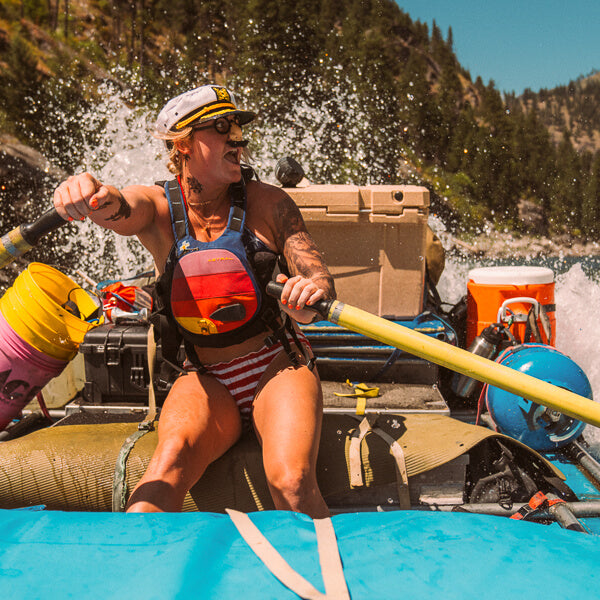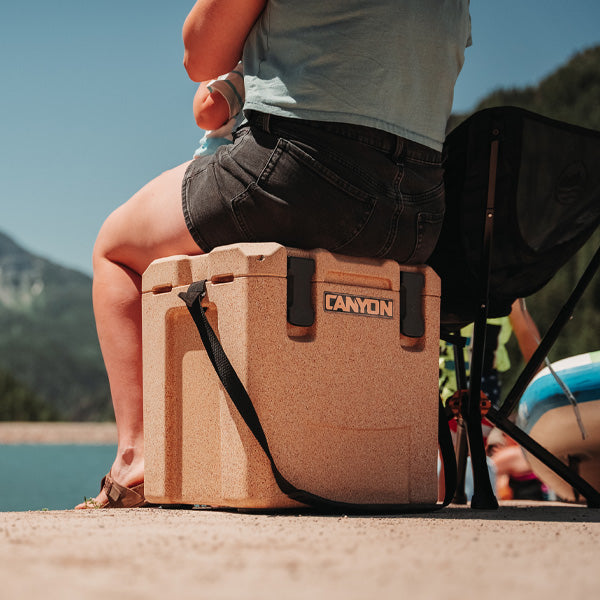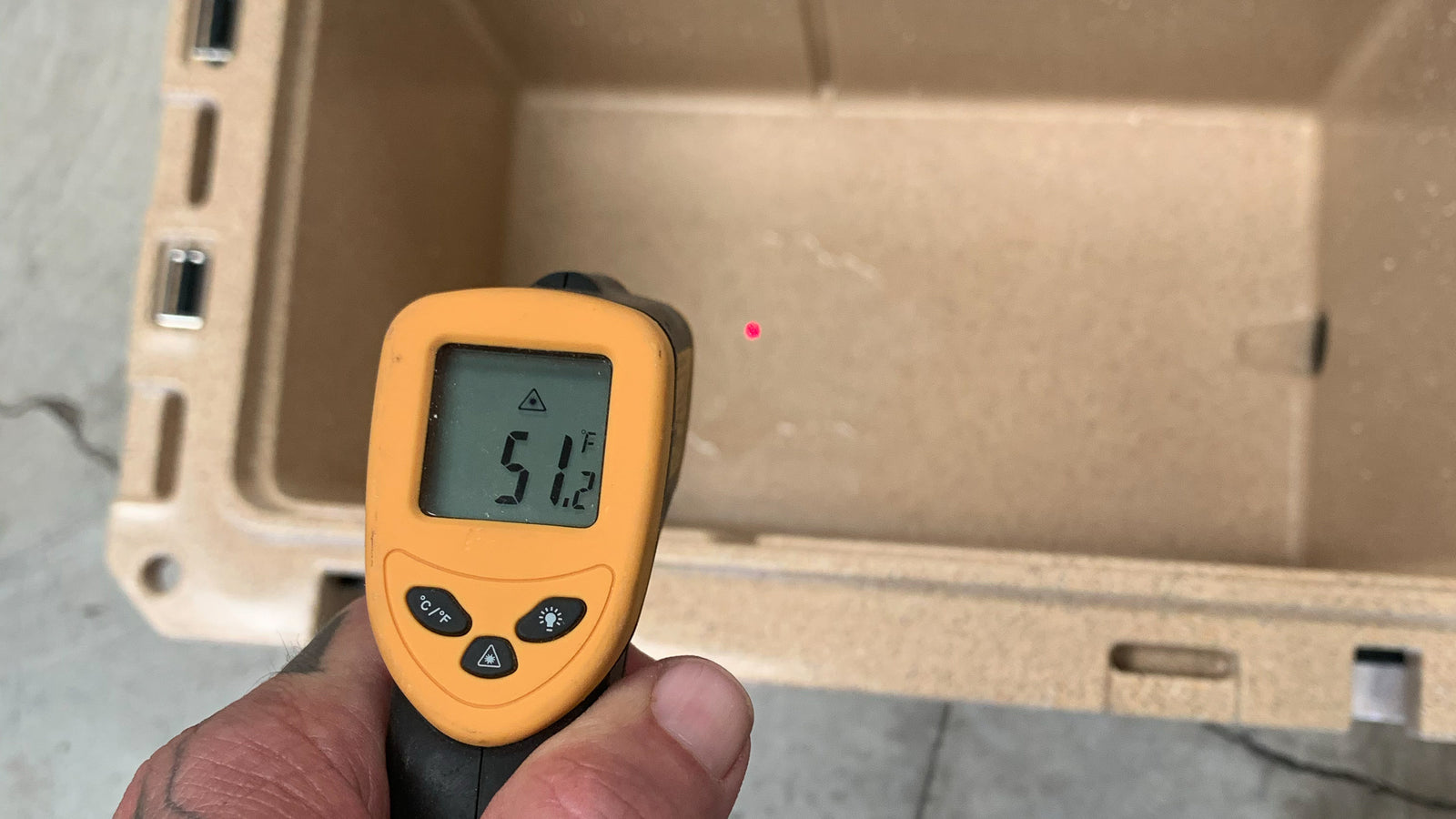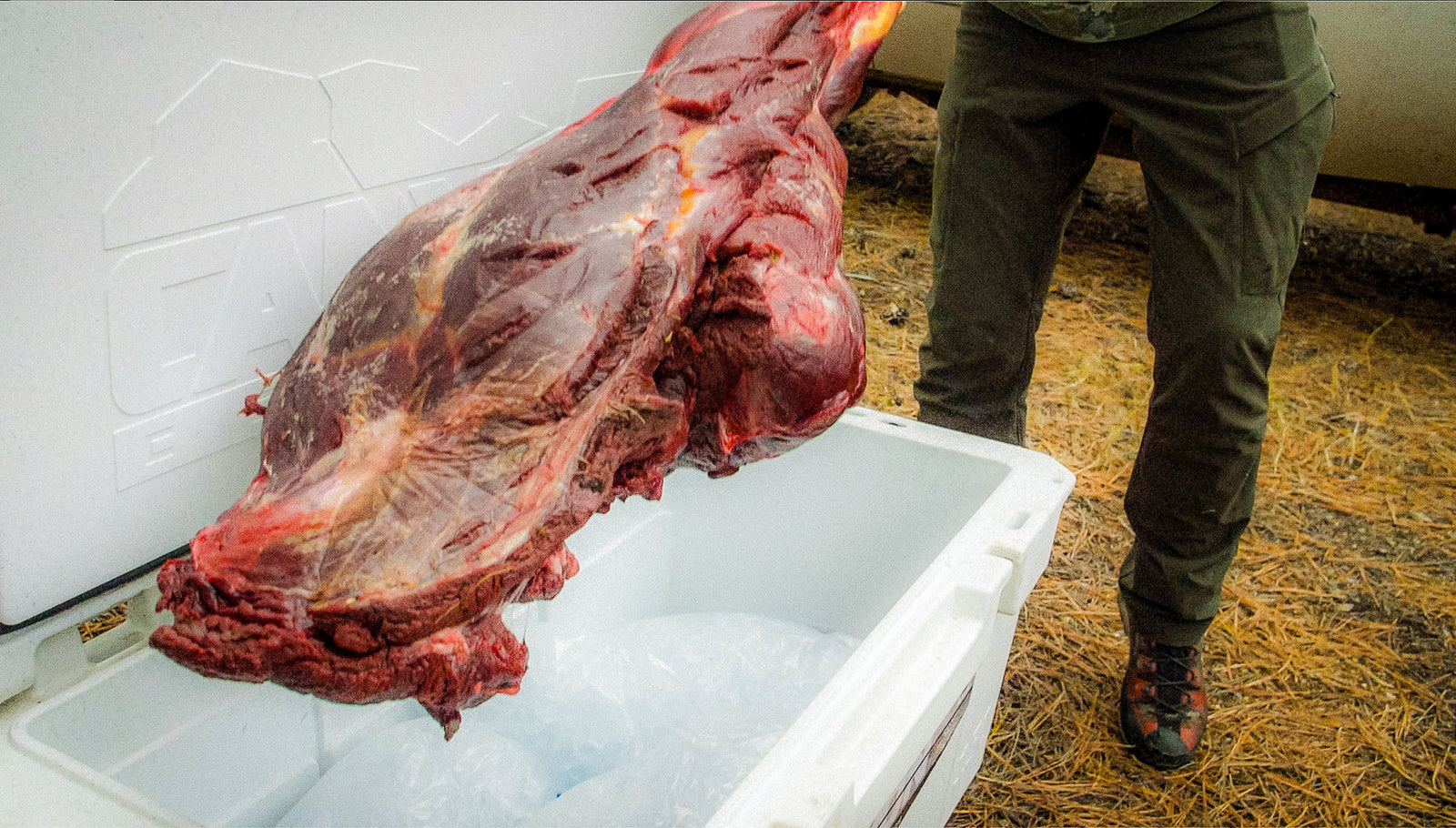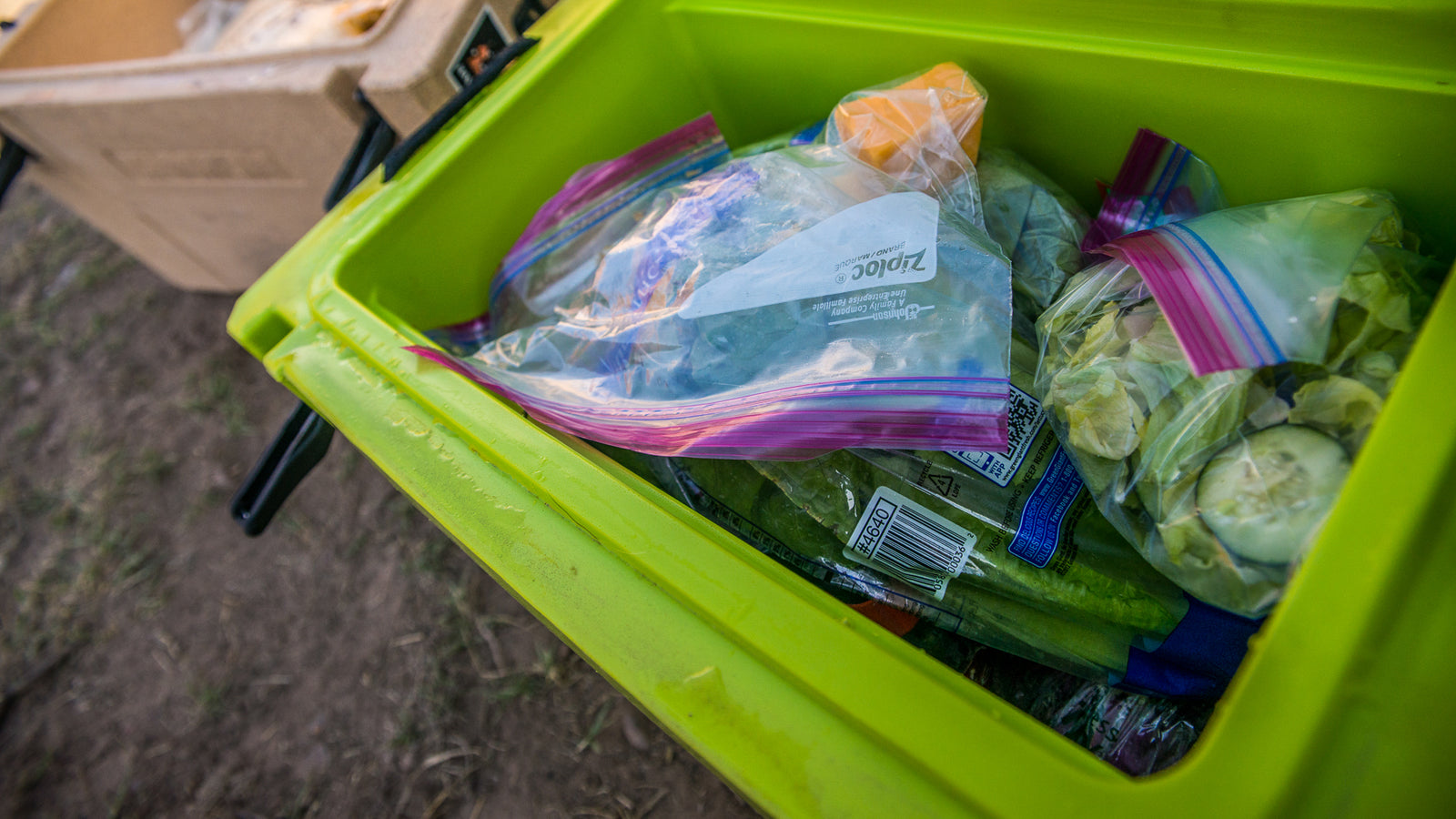Real people decide which cooler is better?
For years, we’ve offered the Outfitter, a great high-end cooler at an even better price point. And for years the Outfitter has held its own in every ice retention test people have put it in. When designing the PRO, we wanted to see what we could create that would come in at a similar price point to Yeti, the largest brand in the rotomolded cooler world.
So now the PRO series is here. But to date, had not been ice retention tested against the Tundra coolers. So we went out and bought 4 Yeti Tundras (ouch), and started our own ice retention test.
One of the problems with retention tests is that there is no standard procedure to run. Further, so many variables play into how well a cooler performs, that if you run ten different tests, there’s a good chance you’ll get ten different results.
So here’s how we did it, and what we experienced.
We started with selecting coolers of similar size. The Tundra 75 is almost identical in capacity to our PRO 65, so we got those in tan to best match our Sandstone. Then we picked up a Tundra 65, which is slightly larger than our PRO 45 but is the closest match. Technically, this should advantage the Yeti, as more capacity equals more ice. But we kept the ice amounts equal between the brands. This adds headspace, or extra air in the top of the Tundra, which becomes a disadvantage. So we modified the test slightly to help minimize this as much as possible.
The test started on June 15th. We threw a bag of ice in each of the 4 coolers and let it melt overnight effectively pre-cooling the insulation of each ice chest.
On June 16th, we removed each bag of melting ice and ensured the inner walls were cool to the touch. We then put 40 pounds of well-frozen ice in the PRO45, and the Tundra 65. And we put 60 pounds of well-frozen ice in the PRO65 and the Tundra 75. Shut the lids. And let them sit.
The test location was always inside, avoiding the effect of direct sunlight on the plastic shell. Temperatures in our warehouse peaked between 85 and 92 degrees throughout the test.
To minimize air exchange and the effect of extra headspace in the Yeti Tundra 65, we didn’t open the coolers again for 3 days, at which time we opened each cooler briefly for about a minute to observe.
We let another three days pass. At this point, 6 days into the test, there was considerable melt in each of the four coolers. We drained and measured the meltwater from each.

We also weighed each to measure the weight of the remaining ice.
PRO 45: 17 Quarts | 10 pounds ice remaining
Tundra 65: 19 Quarts | 8.2 pounds ice remaining
PRO 65: 22.5 Quarts | 22.4 pounds ice remaining
Tundra 75: 24.5 Quarts | 21.6 pounds ice remaining

Over the course of the next few days, we opened each cooler for a minute or so each, and watched for the completion of the ice melt. Our test concluded on June 25th, nine days after it began. The ice had completely melted in the Tundra 65 and 75, as well as in the PRO 45, but the PRO 65 still had a small amount of ice remaining.

At this point, we used a laser thermometer to measure the temperature of the insulation from the inside of the cooler.
PRO 45: 51.2 degrees
Tundra 65: 64.8 degrees
PRO 65:38.9 degrees
Tundra 75: 41.8 degrees

The conclusion is that in our testing, our PRO series coolers by far outperformed the Yeti equivalents. But as we mentioned above, you do ten different tests, you get ten different results. And we are obviously not unbiased.
So we put our money where our mouth is. We’re sent these coolers out to randomly selected individuals located in Arizona (Arizona has its own sort of hot, and its own demands on ice chests).
Four people received both a Canyon PRO and a Yeti Tundra, with instructions on how to perform the test. They also received just one prepaid return label. At the end of the test, they kept the cooler they preferred, and returned the other.
Here are the results:

